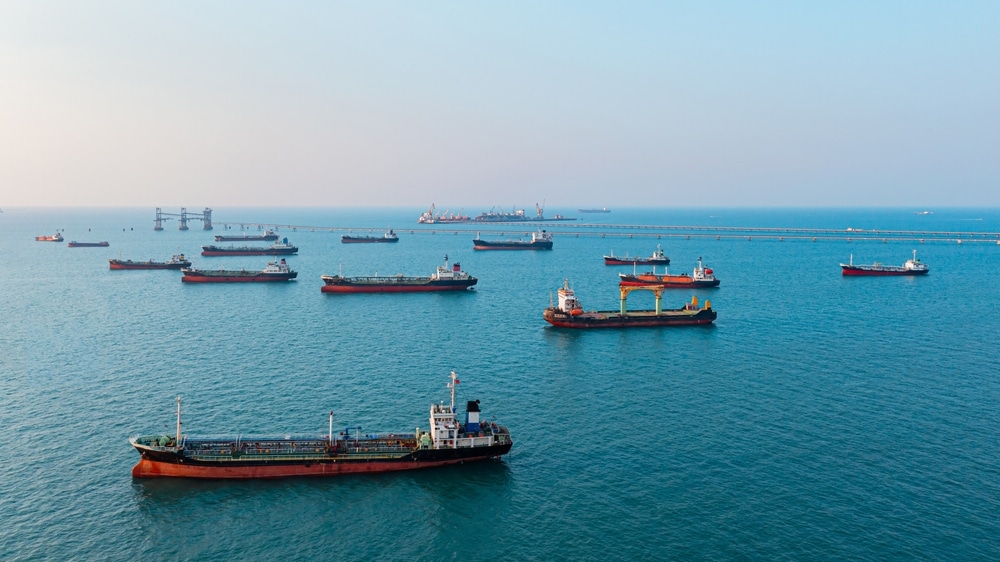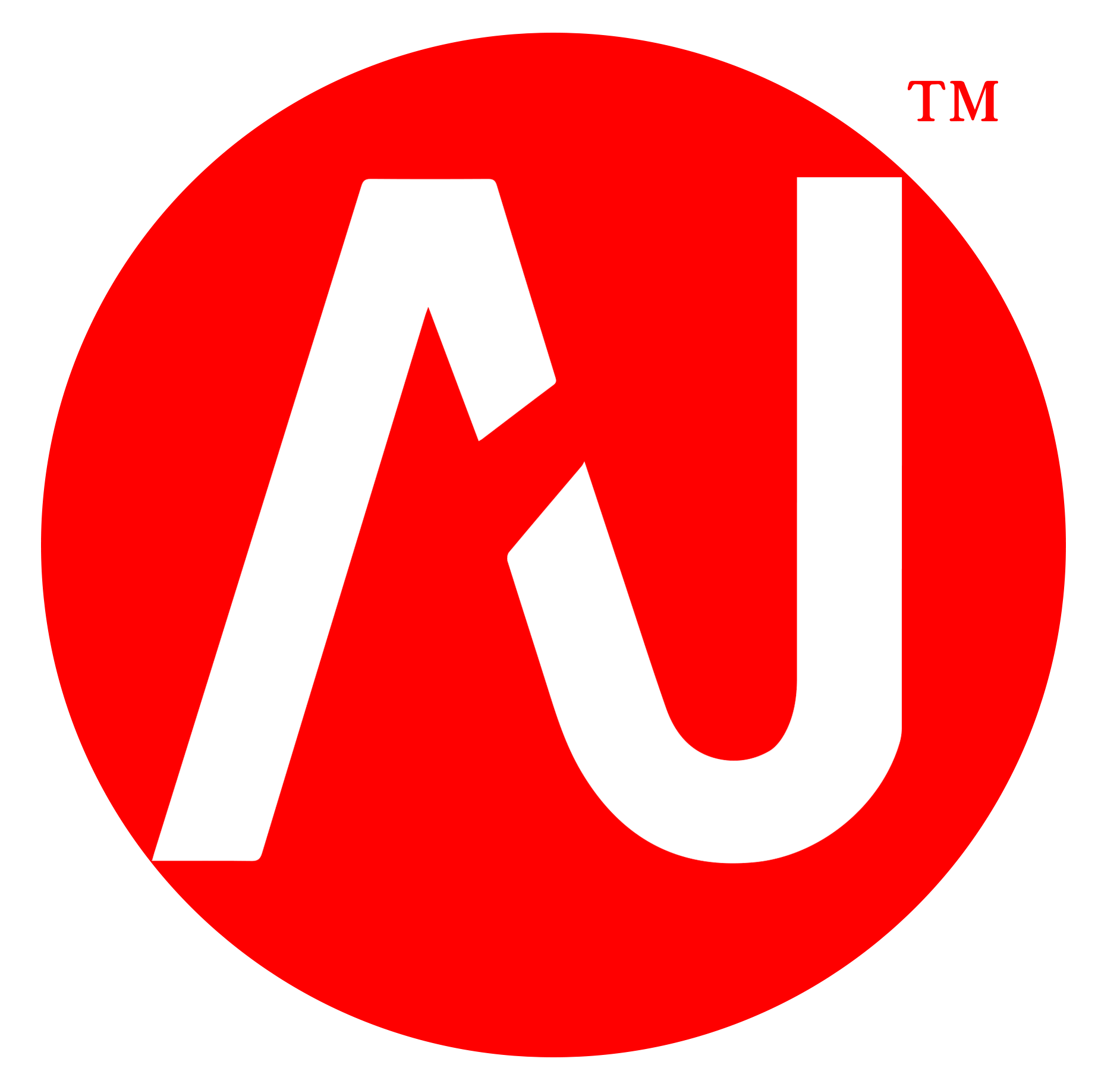Navigating the Import & Export of EN590 Diesel and Jet A1 Fuel
Unlock Time, Effort, and Cost Savings with Our Comprehensive Solution Hub!
About Us
AJ TAWAKAL SDN BHD providing a streamlined approach to international trade of EN590 diesel and Jet A1 fuel. It highlights the importance of understanding and navigating the complexities involved in importing and exporting these specific petroleum products. The term “essential steps” emphasizes the practical guidance offered within the guide, focusing on the key actions necessary for successful trade operations. By positioning the guide as a resource for streamlining global trade, it suggests efficiency and effectiveness in managing the complexities of cross-border transactions for EN590 diesel and Jet A1 fuel.

Products Specification
Diesel
Specification
-
Density (kg/m³)-820 - 845
-
Flash Point (°C)->55
-
Freezing Point (°C)--10 to -20
-
Sulfur Content (%)-<0.001
-
Distillation (°C)-Initial Boiling Point: 180 - 300
-
Cetane Number->51
-
Freeze Point (°C)--5
-
Aromatics (%)-<11
-
Lubricity (mm)-HFRR <460
-
Net Heat of Combustion-~42.7 MJ/kg
-
Sulfur Compound Types- Mercaptans, sulfides, aromatics
Fuel
Specification
-
Density (kg/m³)-775 - 840
-
Flash Point (°C)->38
-
Freezing Point (°C)--47
-
Sulfur Content (%)-<0.30
-
Distillation (°C)-Initial Boiling Point: 150 - 205
-
Aromatics (%)-<0.3
-
Net Heat of Combustion-~42.8 MJ/kg
Transfer Procedure

1. Selection of Suitable Location
A suitable location for the STS transfer is identified

2. Preparation and Planning
Both the receiving and supplying vessels must undergo thorough preparations

3. Positioning of Vessels
The vessels involved in the transfer maneuver into position alongside each other

4. Mooring and Connection
Once in position, the vessels are securely moored to each other using heavy-duty mooring lines

5. Transfer
The crude oil is pumped from the storage tanks of the supplying vessel to those of the receiving vessel

6. Monitoring and Safety
Throughout the transfer process, strict safety protocols are followed to minimize the risk of spills or accidents

7. Completion & Disconnection
Once the transfer is complete, the hoses or pipelines are disconnected, and the vessels are unmoored from each other
